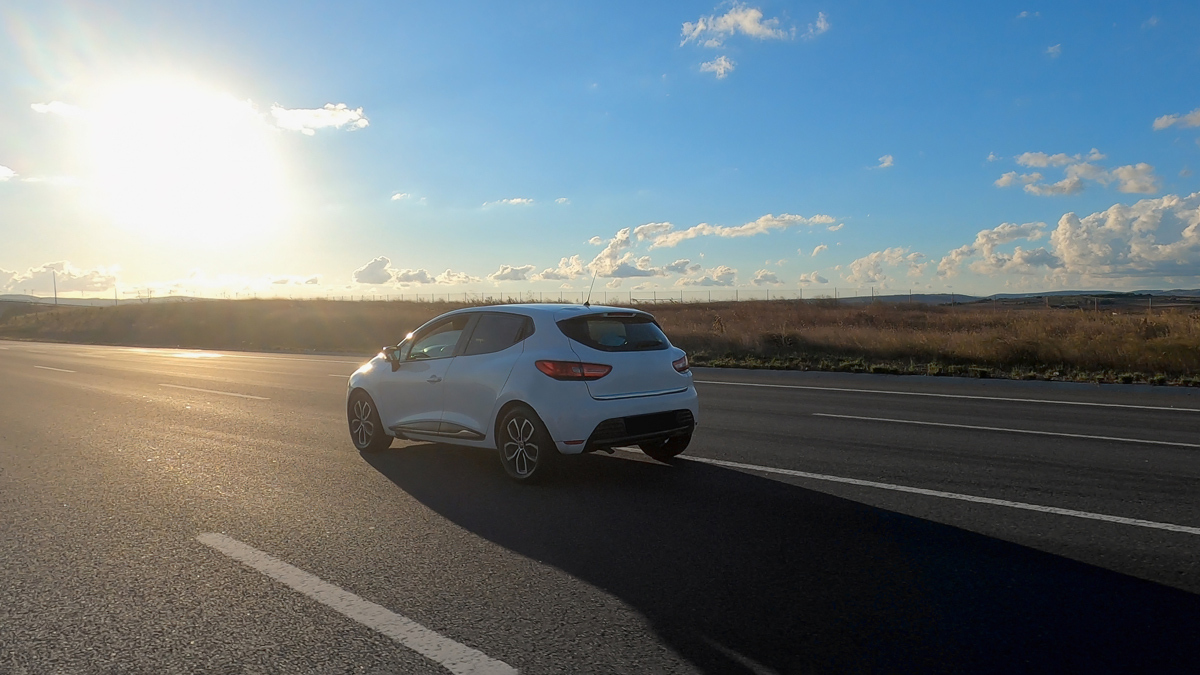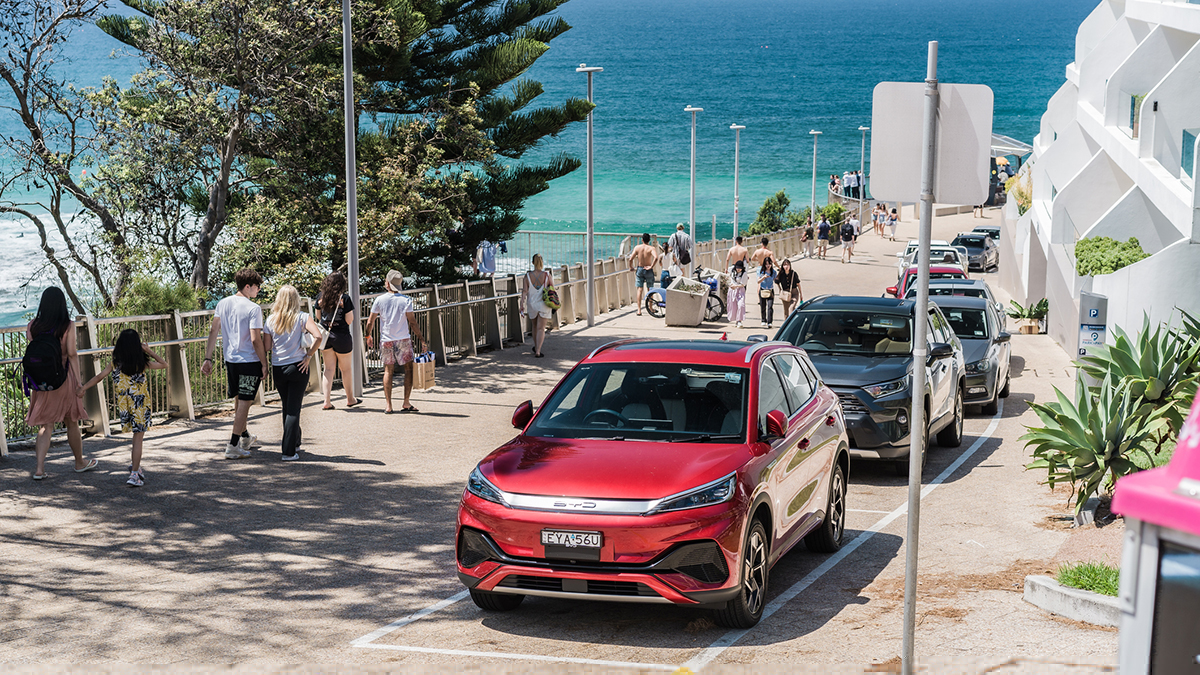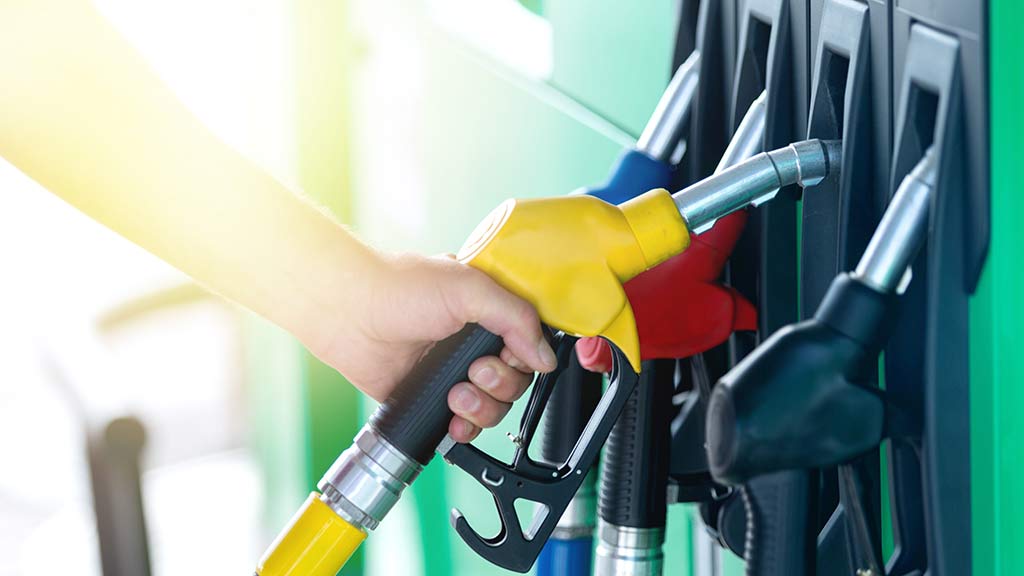Get our independent lab tests, expert reviews and honest advice.
5 mistakes I made as a EV road trip newbie

As the owner of a 15-year-old Hyundai with pretty limited tech, my must-haves for a new family car were pretty humble: Bluetooth audio and a parking camera that stopped me constantly bumping into stationary objects.
While those asks have been standard fare for the past decade, what isn’t so easy to buy (yet) is an affordable family car powered by eco fuel sources. We’ve wanted to take the plunge for a while, so when CHOICE installed a pair of EV car chargers for staff use, the time seemed right to buy an EV.
We opted for a BYD Atto 3. And while sustainability was the primary reason for the switch, the high-spec gadgetry is pretty cool: voice activation, an array of 360-degree parking cameras and a nifty app that lets you turn on the air-con before you jump in the car. Bonus.
While sustainability was the primary reason for the switch, the high-spec gadgetry is pretty cool
One former Australian Prime Minister infamously claimed EVs would “ruin the long weekend”. Excited by all those shiny new features, we naively decided to put that claim to the test by driving from Sydney to Port Macquarie the day after we collected the car.
And even though I work at CHOICE with a team of EV experts, that didn’t stop us from making a few newbie mistakes along the way. This is what you need to know and do to avoid them.
1. Don’t rely on claimed driving range
For petrol car drivers, range anxiety only really kicks in if you’re planning a trip across more remote parts of Australia, where a hefty gap between petrol stations means you really need to prioritise fueling up. We forked out the additional cash to get an extended range Atto 3, which has a claimed driving range of 480 km. With a full battery and total drive distance of 407 km, I assumed that we’d comfortably get from Sydney to Port Macquarie on one charge. First mistake.
As our battery trickled down to its last 100km of range, we realised we weren’t going to make the distance without an emergency charge stop in Nabiac.
As our battery trickled down to its last 100km of range, we realised we weren’t going to make the distance
If I’d done my research, we’d have known that real world driving range is not the same as the car’s claimed range (sometimes referred to as WLTP), which is based on standardised testing and won’t always reflect your personal driving style and local conditions. Factors like speed and increased wind-resistance mean you generally use more battery driving on a highway. Which leads to the next item…
2. Plan your pit stops around EV chargers, not meat pies
Before we left Sydney, my husband declared this would be a holiday of “as many meat pies as possible”. Driving along the Pacific Highway, we were lured by billboards pointing us to Heatherbrae’s ‘artisanal pies’, so that seemed like a no-brainer choice for our daily pie stop.
The meat pies were indeed great. What I’d neglected to consider was triangulating our lunch location with a nearby EV charger. A retrospective check showed that there was a charger we could have used while enjoying those pies, which would have saved us making that emergency detour to Nabiac.
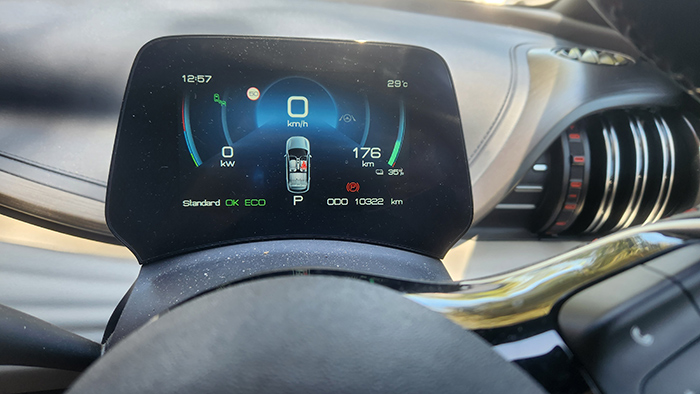
3. Learn about charger types and times
Public chargers tend to be described as ultra, fast, or slow charge, but that won’t tell you how long it will take to get your car powered up – nor does their kW charge rate. That’s because charge speed varies from car to car.
EVs have significant differences in charge time depending on the charger you’re plugging into and how much charge your car battery can actually take. Our Atto 3 supports a maximum charge rate of 88 kW, so hooking it up to a charger that delivers more power didn’t result in a faster charge.
EV cars also usually throttle from 80 to 100%, to save battery life, so that part of the charge will go slower. Maths isn’t a strong point in our family, so I got up to speed by reading an article outlining our car’s charge times on different chargers.
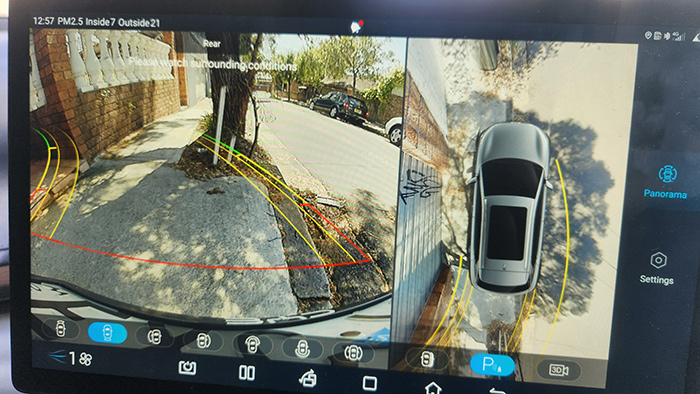
4. Download all the charging apps
The amount of charging infrastructure available in metro areas means you’re never too far from a charger and can usually rely on a familiar station nearby for backup.
When you’re on the open road, choices become more limited. These days there are a plethora of new options – NRMA, Chargefox, Evie, BP and Tesla, to name a few. They’re generally smartphone-operated and all set up a little differently, so we found ourselves having to download and learn a new app each time we used a new charger. Getting the most popular options set up ahead of time would have saved us a lot of faffing and expletives as we learned the ins and outs of each new charger.
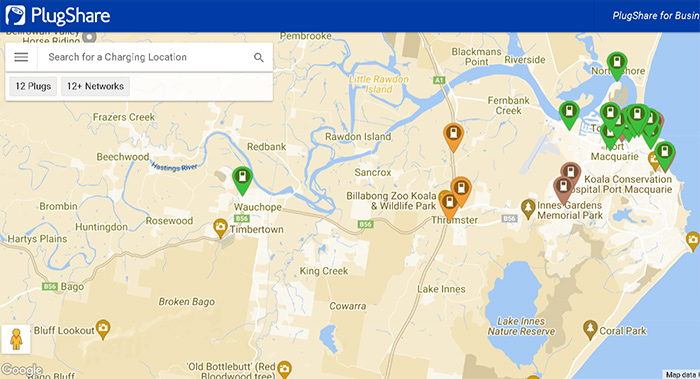
5. Check which chargers are actually functional
Our in-built BYD navigation comes with a useful map of available chargers, their charge rate and (in some cases) whether they’re available to charge.
What they don’t always tell you is whether a charging station is actually functional. Again, not such a big deal in metro areas, but in regional centres that can mean a decent trek to find a functional charge station.
We made a few missteps planning our day around a superfast charger, only to find that they were out of order and waiting on maintenance. A quick search pointed us to Plugshare, a crowd-share mapping app that includes user notes about each charger, along with the charger locations. It’s been in high rotation ever since.
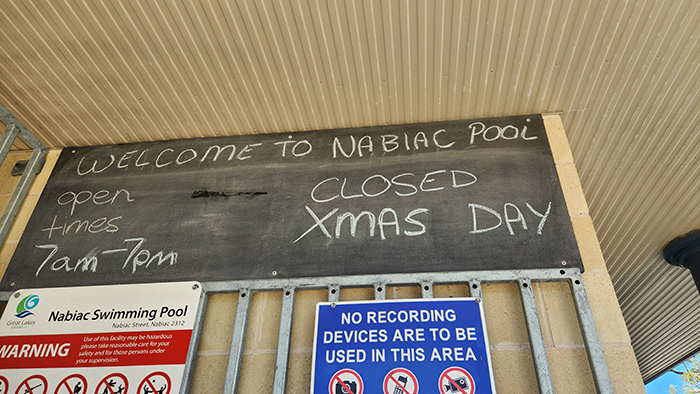
So did our EV roadtrip ruin the long weekend?
It’s fair to say getting used to EV charging added some time to our maiden voyage in the new vehicle, but the compromises we made also resulted in some lovely moments of serendipity. We passed the time during that emergency pit stop at Nabiac, sitting under trees at the local pool: far from onerous.
Finding a free NRMA charger in town also meant our total charge costs for the trip to and from Port Macquarie were less than $40.
Driving an EV definitely requires some self-education and compromise but, once you get the hang of things, the environmental upsides mean the effort is worth it.

